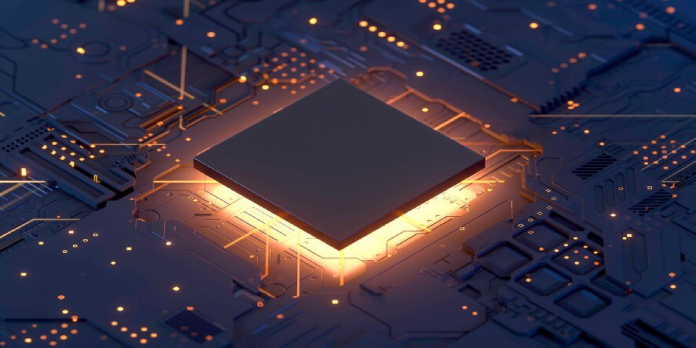Here we can see, “How to: Fix Antimalware Service Executable High Cpu,disk Usage”
- The Antimalware Service Executable process may increase your computer’s CPU and memory use.
- Windows Defender includes the process; therefore you should pause before deactivating it.
- If you use a third-party antivirus program, you can stop the Antimalware Service Executable.
- The problem will undoubtedly disappear if the Windows Defender auto-scan capability is disabled.
Recently, many users have posted in the relevant forums, complaining that Antimalware Service Executable is using up a lot of the resources on their device.
A user’s description of the effect on his device is as follows:
I noticed my PC running Antimalware Service Executable as a background process. All day, my CPU has gone from idling at about 3%, to then suddenly spiking up to 100% usage. This happens every 30 sec. for a duration of about 5 sec.
The service is pre-installed on every Windows 10 machine, but you won’t notice it until it actually begins to function, which can be during business hours.
Why is Antimalware Service Executable so demanding?
The service, a Windows Defender component, continuously operates in the background. It might even launch immediately, particularly if the antivirus program is set to launch immediately.
If you open Task Manager, you can see the service because it will always be visible. Additionally, you’ll be able to see how many resources are required.
In fact, when checking the device for malware or when a particular running software triggers Windows Defender to keep an eye on it in real time, the Antimalware Service Executable will consume a significant amount of CPU.
How do I fix Antimalware Service Executable high CPU usage?
1. Turn off Windows Defender and use another security tool
Even if you completely disable Windows Defender, your device won’t be protected. This is not the intended outcome.
Instead, you should disable Windows Defender and install a different antivirus program to continue to be protected against threats.
You should opt for antivirus software that has a strong reputation for protection. Ideally, it will also employ cutting-edge machine learning to find even the most subtle malware.
The software does exceptionally well when it comes to preventing false positives, which means it won’t flag harmless programs as possibly dangerous and ban them.
2. Find the monitored program and whitelist it
-
- In Settings, open Update & Security, then Windows Security.
- Opt for threat and virus protection.
- Click Manage settings after finding the Virus & Threat protection settings.
- When you reach Exclusions, scroll down to Manage exclusions and select the appropriate program to add. (It might also be a procedure or file.)
3. Disable Windows Defender auto-scan
-
- Type in App & Browser control by using the Windows Key + S.
- Make sure it is selected and turned off.
When turned on, a reputation-based protection function in the program will automatically check for potentially harmful files, apps, and websites.
In addition, disabling real-time protection could be beneficial. Toggle the Real-time protection button in the Virus & Threat protection settings to accomplish this.
Now that you know why the Antivirus Service Executable consumes so much CPU, you may decide whether or not to stop it.
Conclusion
I hope you found this guide useful. If you’ve got any questions or comments, don’t hesitate to use the shape below.
User Questions
1. How can I reduce the CPU usage of the anti-malware service executable?
Rearranging Windows Security scans and preventing it from searching its own folder are the two main techniques to stop antimalware service executable from consuming too much CPU. Real-time protection will be disabled if the executable is prevented from scanning its own folder or if scans are rescheduled or delayed.
2. How can I permanently remove the anti-malware service executable?
You must turn off Windows Security in the Registry Editor if you’re seeking for a more long-lasting way to disable the Antimalware Service Executable. This is because disabling Windows Security exposes your computer to harmful viruses that can harm it if you do not already have a third-party antivirus installed.
3. Why is my anti-virus using up so much disk space?
Runtime disk use for Antimalware Service Executable is significant, primarily due to the process’s background malware scanning. Additionally, it automatically scans your computer regularly, just like other antivirus software.
4. Antimalware Service Executable High Disk, memory and CPU …
Antimalware Service Executable High Disk, memory and CPU usage from Windows10
5. Antimalware Service Executable putting disk usage up to 100 …
Antimalware Service Executable putting disk usage up to 100% for hours at a time from Windows10



